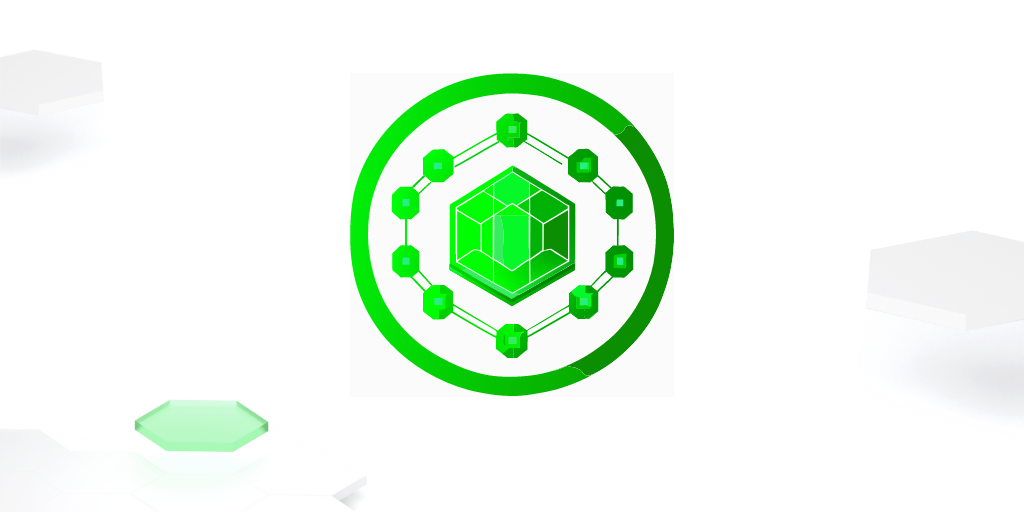What is a Blockchain?
The term Blockchain has become more present than ever in recent years, drawing much attention to the technology. Countless projects dealing with Blockchain have been created, including our platform Tokenize.it.
So far, the digital world has been characterized by copies. The internet consists of a global server structure that provides copied information to users upon request. The Blockchain, on the other hand, enables the creation of digital assets and originals, opening up many new possibilities for transferring value or defining ownership in the internet.
How a blockchain works and what makes it special
But what is a Blockchain, what makes it special, and what can the technology be used for?
A Blockchain is a decentralized data structure that is immutable and tamper-proof due to its unique architecture. It stores data in blocks that are chained together to form a history. The first known and functioning Blockchain is Bitcoin, which was introduced in a whitepaper by the unknown alias Satoshi Nakamoto in 2008.
The blockchain trilemma
Blockchains are generally characterized by three attributes: decentralization, security, and scalability.
Decentralization is achieved by allowing any participant in the network to store and manage the Blockchain. Anybody in the network can view and validate the data stored in the Blockchain, allowing data to be stored for many users on the internet without needing to trust a central authority to ensure that the data is correct.
To guarantee security, Blockchains use consensus mechanisms. These can be understood as programmable rules that all network participants must follow. This ensures that data is correctly created and stored. If network participants do not follow the rules, they are excluded. Additionally, it is practically impossible to modify stored data due to the architecture of the Blockchain. Each block in the chain has its own fingerprint. If a block is manipulated in any way, this fingerprint changes. Also, the fingerprint of the previous block is stored in the current block, creating a traceable history of the Blockchain. If the fingerprint of the block changes due to manipulation, it no longer matches the stored fingerprint of the following block. Fraud would be immediately detected by the network, and the manipulated blocks would be rejected.
To enable data storage by a large number of users, a Blockchain must be scalable, meaning it must be capable of processing a large amount of data quickly. Mining plays an important role in this. Mining is the process of creating new blocks in the Blockchain. The faster a Blockchain creates new blocks, the more data it can process. However, the aspects of decentralization and security must still be ensured.
Practical application of a blockchain
How can a Blockchain be applied?
An example of the use of Blockchain is our platform Tokenize.it. Tokenize.it uses the Ethereum Blockchain to create immutable tokens representing shares in German startups. This makes it easier for founders and investors to invest. The Blockchain guarantees that the tokens are securely stored and are unique. Ownership of the company shares can be digitally and decentrally defined, which was previously impossible.














